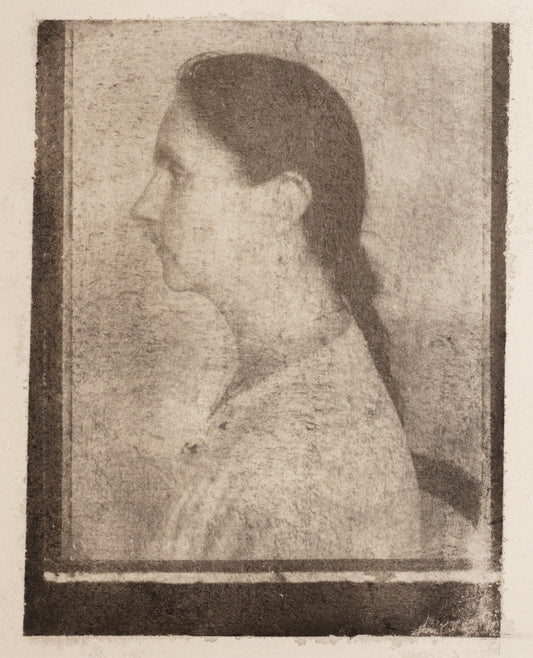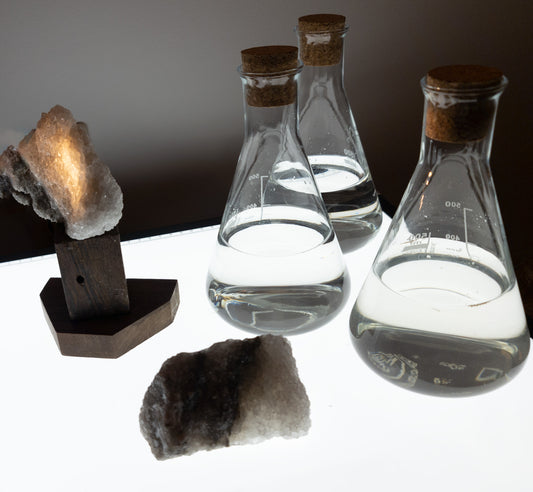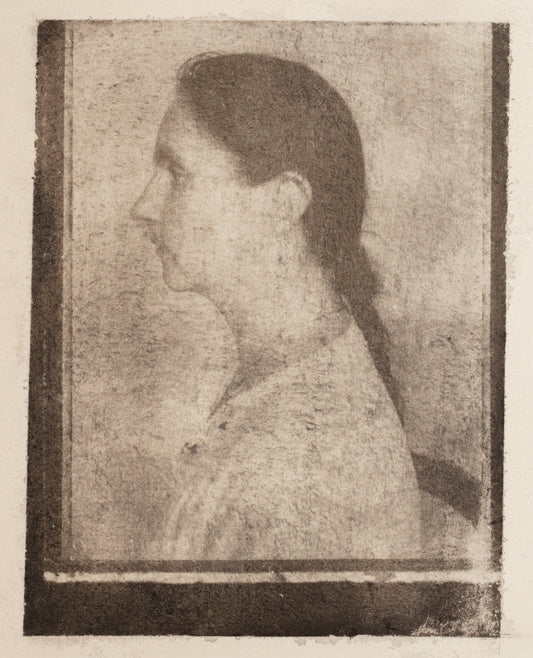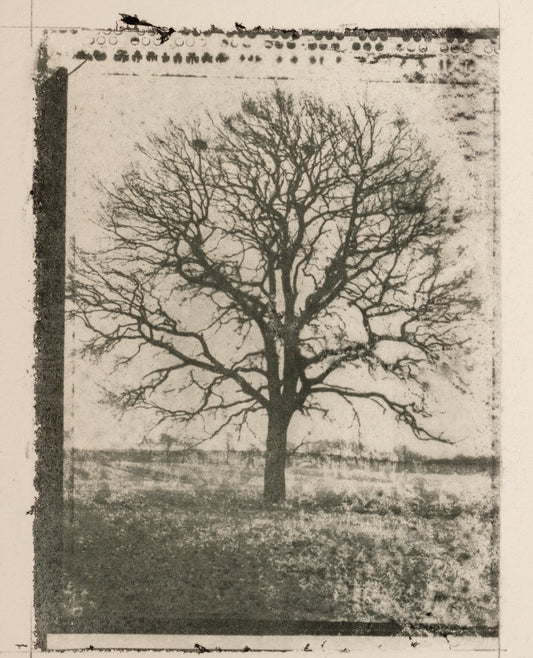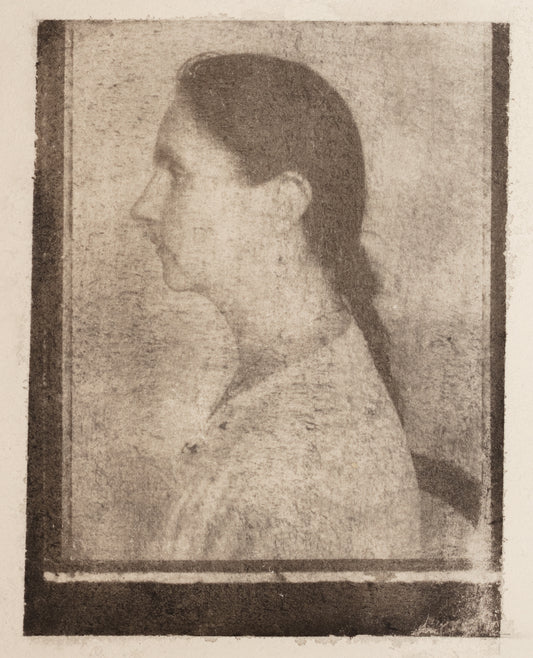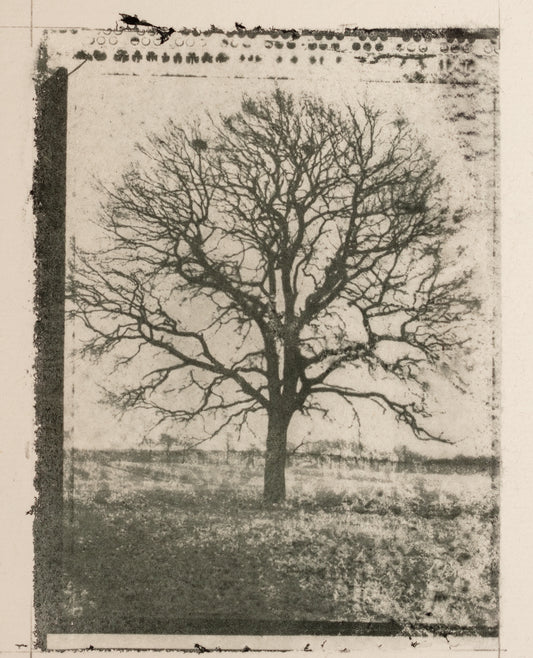Collection: Gum Bichromate Advanced workshop
The gum bichromate process is a 19th-century photographic printing technique valued for its painterly and artistic qualities. It involves coating paper with a light-sensitive mixture of gum arabic, a dichromate (typically potassium or ammonium), and a pigment of choice. Once dried, the coated paper is contact-printed with a negative and exposed to ultraviolet (UV) light. The light hardens the gum in proportion to the image's tonal values, creating a textured, multi-layered effect.
After exposure, the print is developed by washing in water, where unhardened areas dissolve, leaving behind a unique image. This process allows for creative control over colors, textures, and layers, making it popular among artists and photographers for its expressive potential. Workshops on gum bichromate emphasize hands-on experimentation, blending historical craft with modern aesthetics. Workshops advanced level. FR/NL/UK
-
Salt paper & Bichromate Gum advanced 4 days session
Regular price €520,00 EURRegular priceUnit price / per -
Bichromate Gum advanced 1 day session
Regular price €130,00 EURRegular priceUnit price / per -
Bichromate Gum advanced
Regular price €65,00 EURRegular priceUnit price / per

